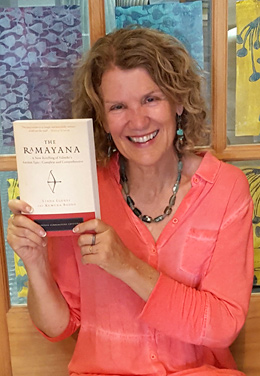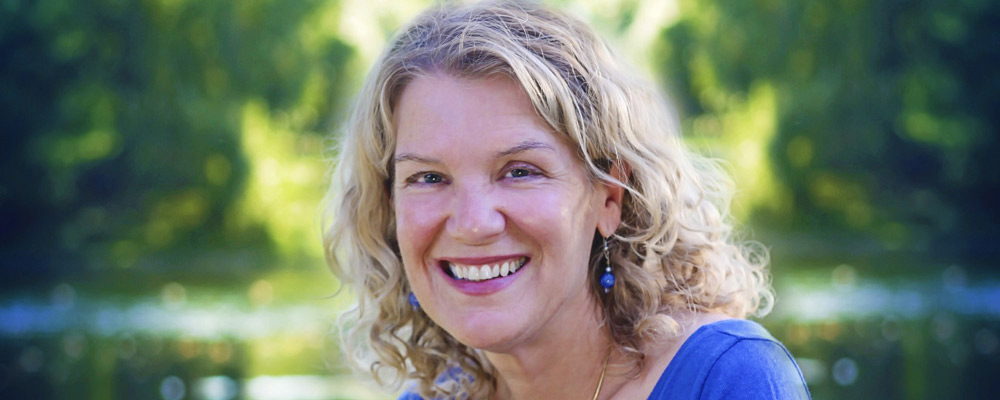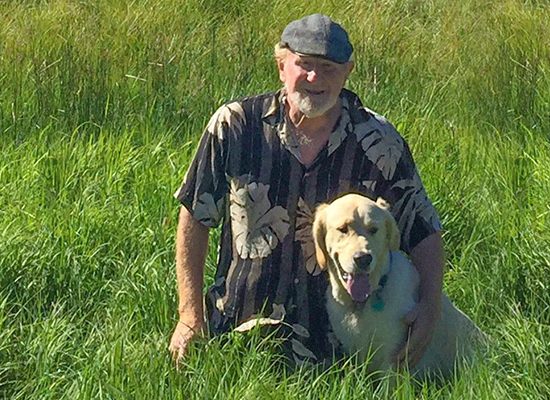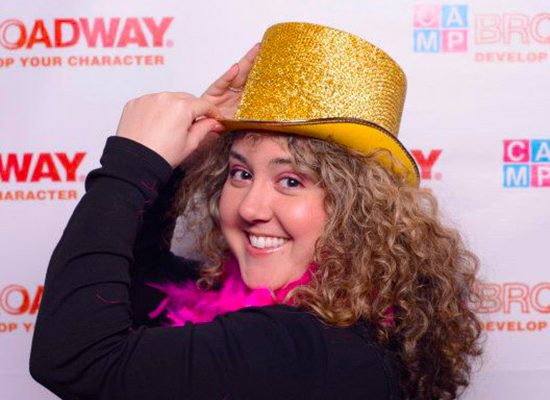I was one of those shy kids with a rich internal life. An avid reader, I lived through characters like Jo March of Little Women, who said all the spunky things I was too afraid to say. I remember reading a folk tale about Little Bark Face, a poor, orphaned girl who was forced to wear an ugly bark covering that hid her face. One day someone recognizes her true nature and gets her to remove the covering so the world could see her as she really was—a beautiful and kind-hearted girl.
Like many teenagers of the 1960s, I felt that I, too, was not being seen for who I really was. A skinny kid with frizzy hair and rhinestone-studded glasses, I wanted desperately to look like the sleek-haired, outgoing cheerleaders.
Trying to Discover Who I Really Was
I loved to write stories and research school papers, but realizing my thoughts and feelings on paper took so much effort that I would practically have a nervous breakdown. Once I turned in a philosophy essay consisting of scraps of paper taped and stapled together. A few days later, the teacher drew me aside and said, “For a paper so well thought out and logical, it’s very messy! Did you turn in an earlier draft by mistake?” No, this shredded paper was the culmination of many nights’ work, but my thoughts didn’t come together until the end, and there was no time left to retype it!
Like many teenagers of the 1960s, I felt that I, too, was not being seen for who I really was.
At some point, I realized that it wasn’t just me. I became convinced that everyone is smart and creative and beautiful and good inside, and somehow the covering has to be removed so their full potential can come pouring out. A booky friend introduced me to the revolution in education taking place at the time, and I devoured books like Education and Ecstasy, Up the Down Staircase, and Schools without Walls. I decided to become an elementary teacher, to help kids uncover their hidden potential.
The only problem was, I still didn’t know how to uncover my own.
Here Was the Missing Element
All that changed when I started the Transcendental Meditation technique in college. At the introductory lecture with 300 fellow students at Illinois State University, the TM teacher talked about so many wonderful benefits that happened because of this one simple, natural technique: clarity of mind, increased creativity, more energy, better relationships. I remember thinking, “If even half of this is true, I would feel pretty stupid not to try it.”
My daily TM practice had such a profound effect on my life that, after graduating with my degree in elementary education, I became a teacher of TM. Here was the missing element in education—the thing I had been looking for: the simple, effortless technique that could help every child express the creativity, intelligence, and goodness that is inside them. Learning to teach the TM program was the fulfillment of my dream to help children grow and learn.
The TM technique had such a profound effect on my life that, after graduating with my degree in elementary education, I became a teacher of TM.
Writing “In the Zone”
The Transcendental Meditation program also had a dramatic effect on my writing. Whereas before, I had plenty of ideas but the words were trapped inside, now they came pouring out. I came to love writing so much that I earned an M.A. in Writing at Maharishi University of Management in 1986 and taught writing there as adjunct faculty.

Linda Egenes, holding her most recent book. Photo by Cheryl Fusco Johnson
Writing has been my profession for 30 years, and when I write, I feel like I am in a flow, something like an athlete being “in the zone.” Writing is one of the most enjoyable things I can do, something I feel grateful for every day of my life.
Editors will tell you that the most important aspect of writing is finding your voice. While “voice” has many definitions, I think of it as allowing your true self—from your quirky individuality to your inner consciousness—to express itself on the page. As writer April Erwin says, “Finding your voice is a process, a journey to the center of you.”
Practicing the TM technique has given me the courage to express my innermost thoughts in books and articles, to share my real self with the world. It has helped me develop the confidence to interview hundreds of fascinating people, from celebrities to artists, to the Amish people of Iowa. It has helped me overcome my fear of failure and pitch my ideas to top publishing houses.
I don’t think many of my friends would think of me as shy today, although I certainly have my moments. Most of the time, both my outer face to the world and my inner reality are deeply rooted in happiness—and that adds up to a reality that is more fulfilling than anything I could ever imagine as a shy girl dreaming.
Practicing the TM technique has given me the courage to express my innermost thoughts in books and articles, to share my real self with the world.
Linda Egenes has written over 500 articles on green and healthy living and is the author of six books. Her most recent book is The Ramayana: A New Retelling of Valmiki’s Ancient Epic—Complete and Comprehensive, co-authored with Kumuda Reddy, M.D. and released by TarcherPerigee, an imprint of Penguin Random House. (Banner photo by Juliet Jarmosco.)






Hi Linda, your story was beautiful to read! I was also a ‘shy kid with a rich internal life’, and since learning TM 9 months ago, I am amazed at how my inner world is progressively aligning with my outer, day by day. Stories like yours are so uplifting and I am glad TM has enriched your personal and professional life so much. All the best, Anna.
Hi Anna, I’m so glad my article resonated with you. And I love how you expressed that feeling of inner and outer worlds aligning. It’s wonderful to hear that you are using your full potential day by day. Thank you for sharing.
Inspiring article, Linda. Thanks for sharing your story of personal transformation from TM. You’re returning to your readers the benefits that you’ve gained.
Hi John! So nice to hear from you. I would love to hear your story about how you started TM someday soon!!!
Thanks, Linda, I remember your deciding to become a TM teacher, and I felt back then how aligned that was for you. Meditation is key to a happy life, and I am so glad to have been introduced to TM by you and Joy in college. It is still a part of my daily life.
Wow, it’s amazing to receive your comment and to think about our fun times together back in the 70s, Cathy. I am so happy that you have been enjoying the benefits of TM all these years. You inspired me with your art and your vision of living a creative life, as did Joy, and it’s equally inspiring that you have continued to enjoy success as an artist. Wouldn’t it be fun for the three of us to meet up sometime? I’m putting that on my wish list for 2017.
Straight to the heart, Linda. It’s wonderfil to know you and to read such a sweet, thoughtful recounting.
Thanks so much for your appreciation, Carla. We’ve all grown so much and having long-time friends like you has made it all a delight.
Even as my dear friend I’d never heard this story, and it was absolutely endearing and heartwarming. Thanks for the inspiration Linda.
Hello dear friend . . . . it’s interesting how we can be so close for so many years and still learn something new about each other! Thank you for your inspiring friendship all these many years, and for supporting me in my evolution and growth.
Thanks, Linda, for this delightful recounting of your experiences. And congratulations on your success as a writer!
Well, I owe it all to fabulous teachers like you, Jim. Thank you for getting me started on my writing journey as my professor in the MA in Professional Writing program at MUM!!! I remember so many times that you helped me overcome my fears with your enthusiasm and support.
Linda, thanks for sharing the story of your personal journey from “shy girl” to successful writer. I’m inspired.
Thanks so much, Rolf! And your journey as a writer has inspired me too.
This story articulates the value of TM for fuller life, thanks Linda!
Thanks so much, Judy. You and I go way back–it’s fun to grow in enlightenment together.